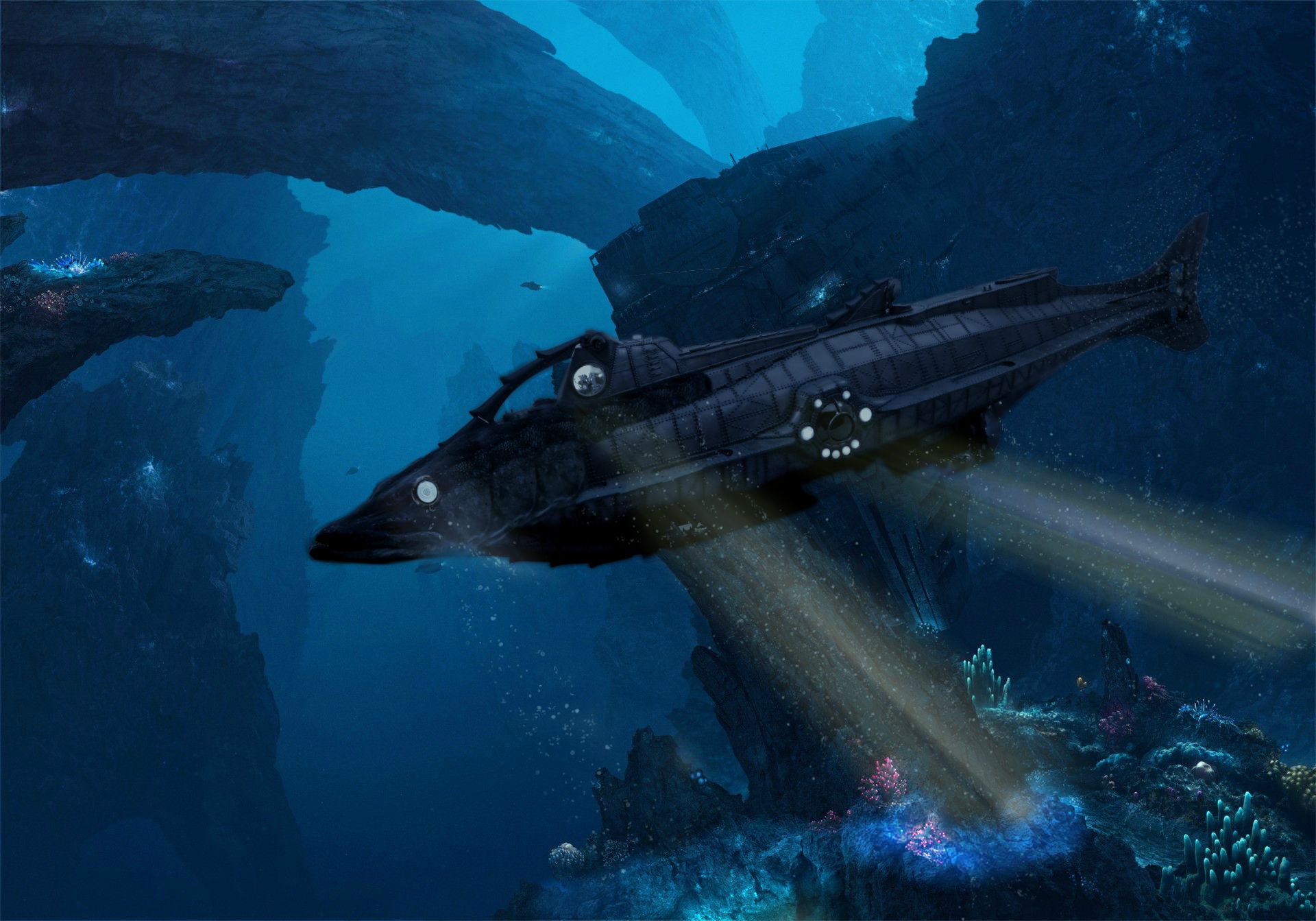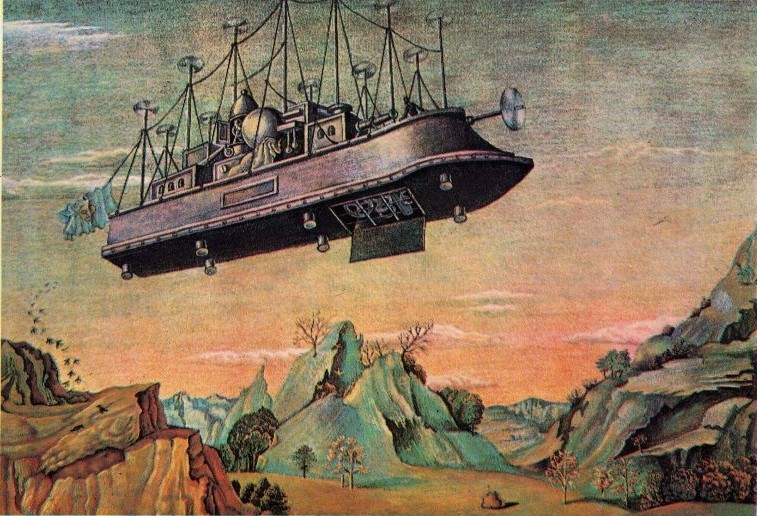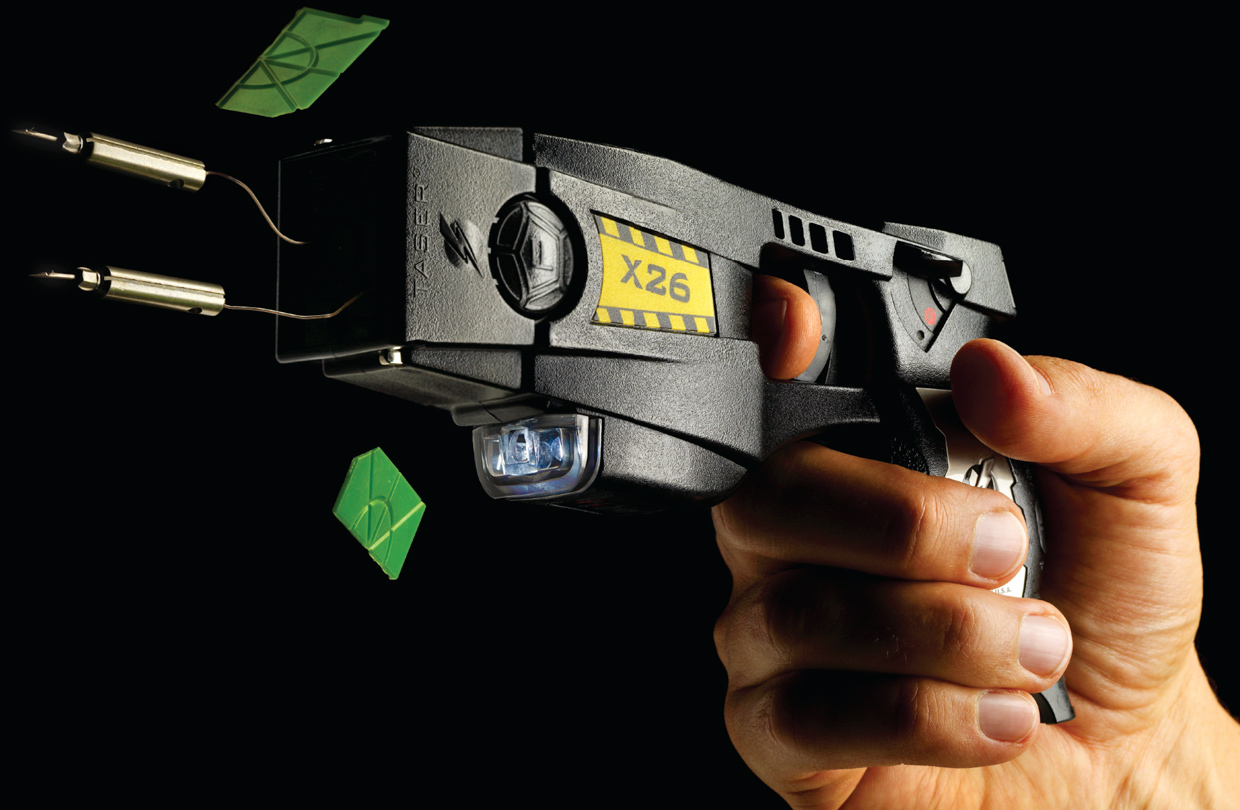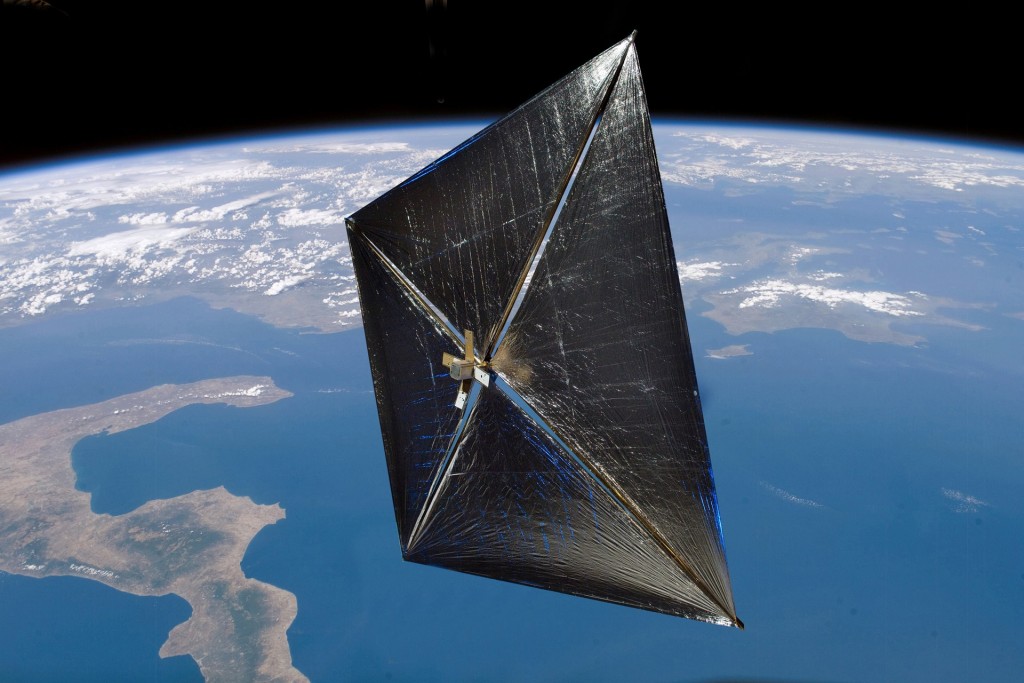Jules Verne was a was a French writer, novelist, poet, and playwright that lived from 1828 until 1905. His most famous novels are Journey to the Center of the Earth (1864), Twenty Thousand Leagues Under the Sea (1870), and Around the World in Eighty Days (1873). He is the second most-translated author in the world and he has sometimes been called the “Father of Science Fiction”. Verne wrote about many inventions which became reality many years later.
Electrical submarines

In one of his most popular and widely known novel Twenty Thousand Leagues Under the Sea, the main character Nemo is a captain on a giant electric submarine – the Nautilus. The Nautilus is not that different from the modern submarines and in Verne’s novel, it was fully powered by electricity.
Captain Nemo describes electricity as “a powerful agent, obedient, rapid, easy, which conforms to every use, and reigns supreme on board my vessel.” We have to admit that there were some extras onboard like an organ, formal dining room, and other luxuries.

Helicopters

People dreamt of flying for centuries. The earliest sketches of a flying machine were made by Leonardo da Vinci in the 15th century, but the first flying helicopters were actually built in the early 20th century.
More than 100 years earlier, in 1886, Jules Verne published Robur the Conqueror, a novel in which the main character built an aircraft out of pressboard that flew thanks to its rotors, which propelled the invention toward the heavens. Verne wasn’t a fan of coal as a fuel, so he was proposing electric batteries instead.

Taser

Jules Verne often wrote about weapons that did not yet exist. For example, in Twenty Thousand Leagues Under the Sea, he described a gun that fires special electronic bullets which deliver a strong electric jolt. They contain a capacitance charge of electrical energy, which discharges instantaneously upon the bullet’s impact.
Of his device, Verne wrote: “The balls sent by this gun are not ordinary balls, but little cases of glass. These glass cases are covered with a case of steel, and weighted with a pellet of lead; they are real Leyden bottles (18th-century devices used to store static electricity) into which the electricity is forced to a very high tension. With the slightest shock they are discharged, and the animal, however strong it may be, falls dead.”
A similar, but more complex non-lethal electronic weapon – taser, meant to disable people, has been developed for police use in the modern day.
Newscasts

In the article In the Year 2889, which was written in 1889 by Verne, he described an alternative for the newspaper: “Instead of being printed, the Earth Chronicle is every morning spoken to subscribers, who, from interesting conversations with reporters, statesmen and scientists, learn the news of the day.”
The first newscast happened in 1920 and the first network-television newscast was another 28 years later. That’s decades after Verne’s prediction. Today, hundreds of millions (perhaps even billions) people watch the TV news daily.
Videoconferencing

In In the Year 2889 Jules Verne also writes about an invention called “phonotelephote”, which is something similar to today’s videoconferencing technologies. In the description of the device, Verne wrote that it allowed “the transmission of images by means of sensitive mirrors connected by wires”.
Solar sails

Ok, he didn’t actually invent the solar sails, but he is one of the first people who mentioned the possibility of solar-powered aircraft. In From the Earth to the Moon, published in 1865, Verne wrote that “there will some day appear velocities far greater than these [of the planets and the projectiles], of which light or electricity will probably be the mechanical agent … we shall one day travel to the moon, the planets, and the stars.” This is possibly the first published recognition that light could move ships through space.
Skywriting

Jules Verne was a keen observer of the world around him. His main interest was technology, but he also paid attention to advertising. In In the Year 2889, Verne wrote about “atmospheric advertisements”, which are similar to today’s skywriting ads. “Everyone has noticed those enormous advertisements reflected from the clouds. So large they may be seen by the populations of whole cities or even entire countries”, Verne explained.

















